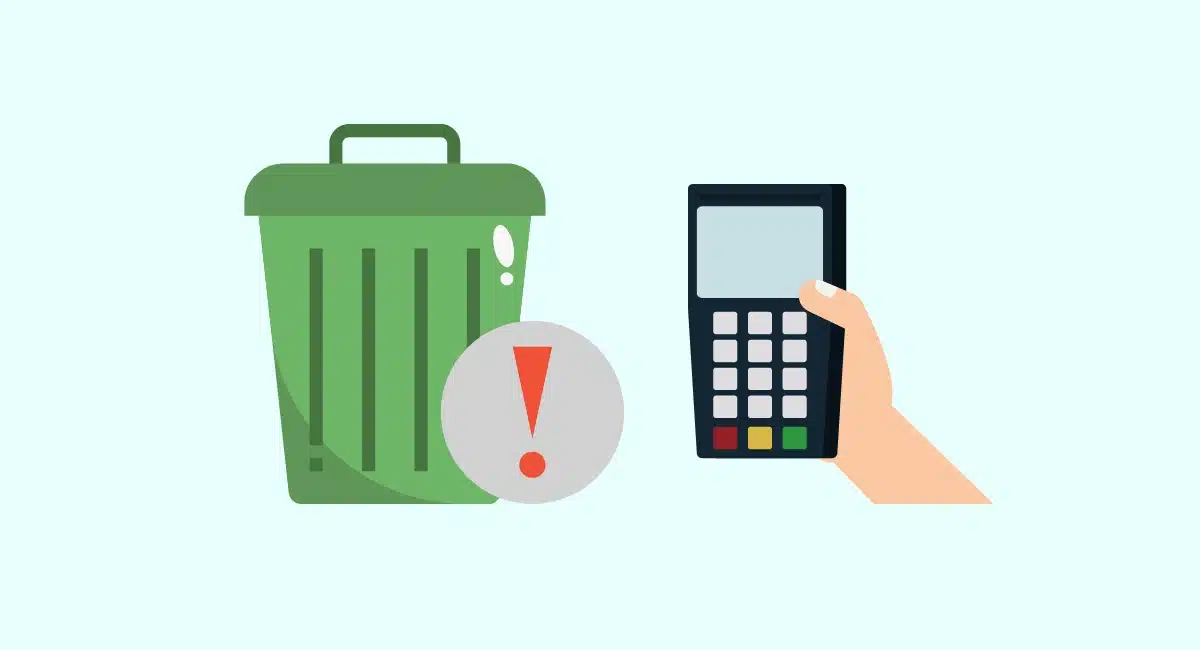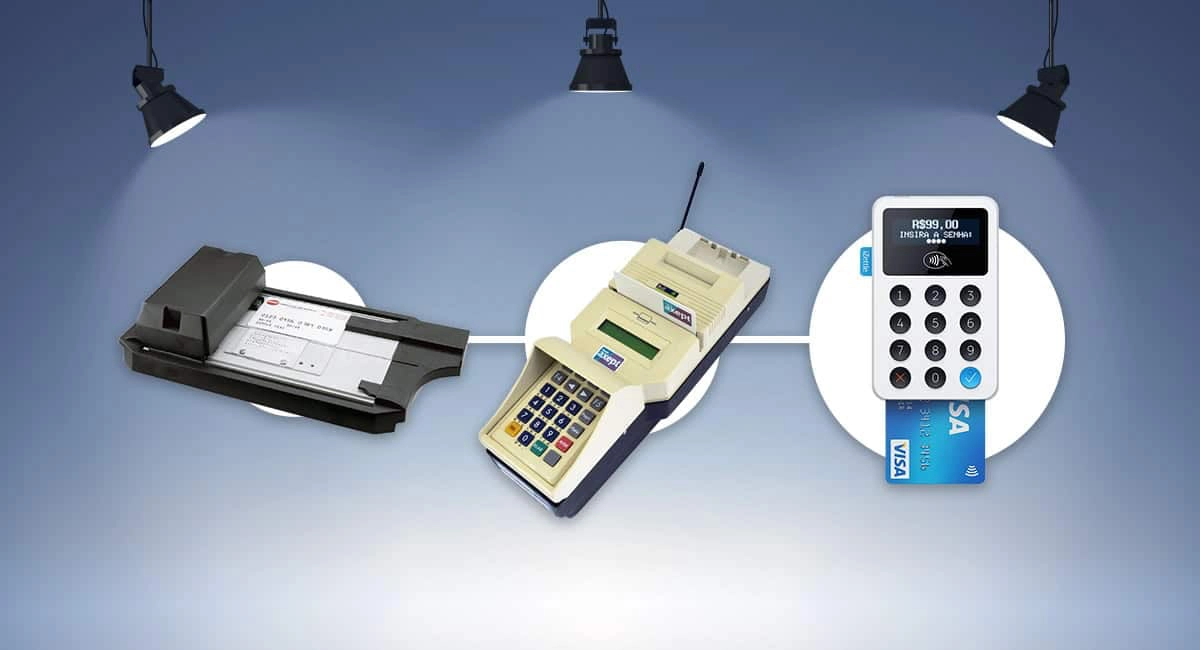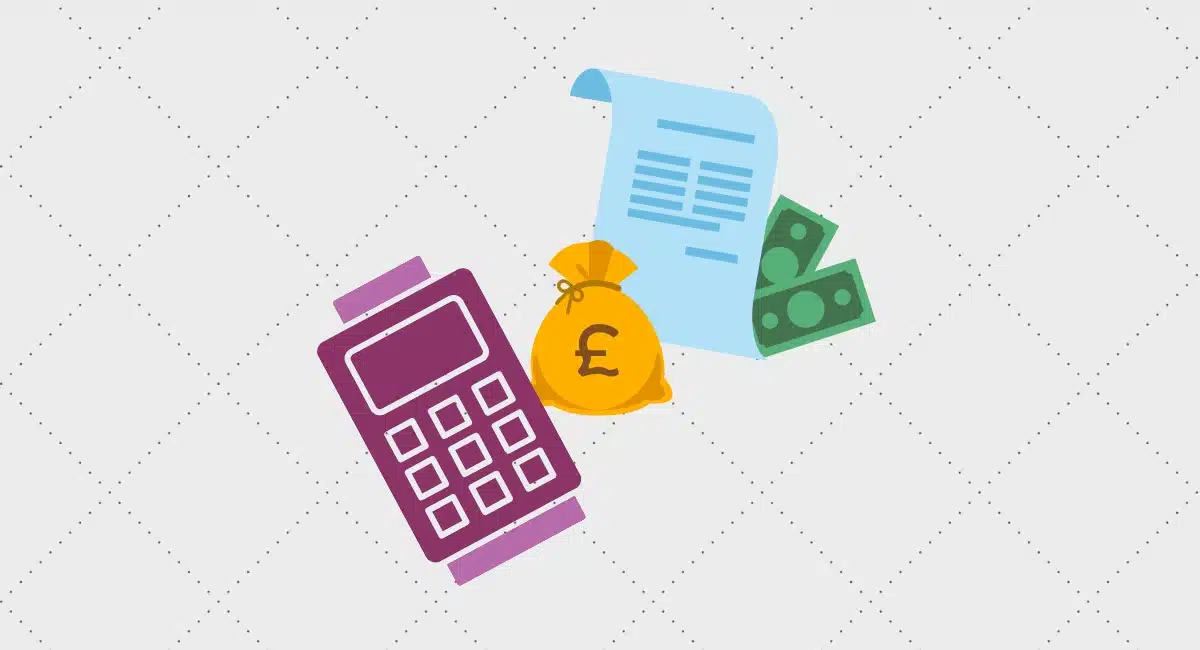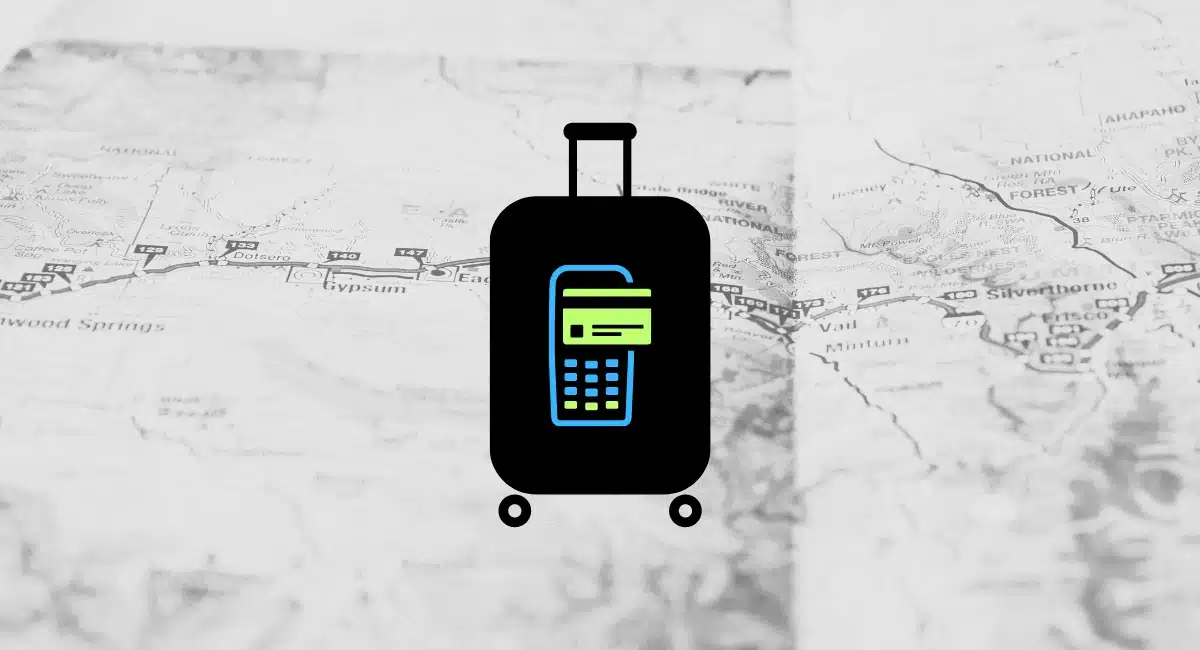You may wonder what to do with an old card machine or card reader for payments. You can’t just throw it in the bin, right? Can others use it? Does it store data that needs to be wiped?
Credit card machines break, stop working, become outdated or are shelved in businesses that no longer need them. If functional, they can be reused in another context. If you decide to get rid of one, it is classed as electronic waste (e-waste) that needs to be disposed of in a particular way.
No electronic waste should go in your waste bin for landfill. The metals and toxic substances in the device could pollute the soil and seep into groundwater. If it goes to landfill, it’s also a missed opportunity to recycle the precious parts that can be reused in new devices.
We recommend taking the following steps to ensure the machine is reused, recycled or disposed of responsibly.
Ask the card machine provider
In the first instance, you should find out what your payment provider says you should do with an obsolete card machine, because they may:
- Strictly require that you return it.
- Have their own recycling scheme.
- Know about other suitable schemes.
Some manufacturers, like Clover, request that their card machines are sent back to them at the end of a contract period. This is mainly the case when leasing or renting the device, i.e. it is not owned by you as opposed to a purchased card reader. In such cases, a non-return could result in a fee being applied.
But even if you own the terminal, your merchant service provider should either facilitate a collection of it from your location, or you can ship it to them for recycling. The provider might otherwise recommend local e-waste schemes or alternative ideas.
Recycle it as electronic waste
In most cases, your card machine supplier would recommend sending it back to them. That’s because they are likely part of the Waste Electrical and Electronic Equipment (WEEE) recycling scheme created by the EU. Even after leaving the EU, WEEE has remained a law in the UK.
In short, businesses supplying electronic equipment with the WEEE symbol must offer to take back these same devices at no cost at their end of life. This includes most items with a battery or plug, which should be all card machines. The supplier will then direct the item to the best available recycling facility or treatment process for that item.
You can find the WEEE logo on the device itself, packaging or in its user manual.
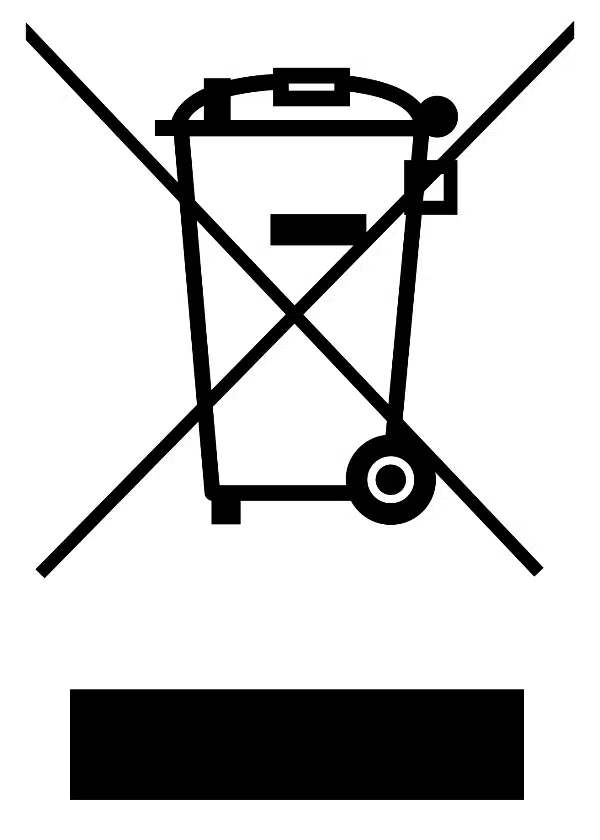
WEEE symbol.
Alternatively, you can find a retailer with a floor space of over 400 square metres dedicated to electronic equipment. These stores are obliged to take back any WEEE-marked electrical items of less than 25 cm on the longest side – which would be most card machines – from private customers.
If it’s not possible for you to opt for WEEE recycling, there are drop-off bins across the country that accept electrical waste specifically. This has been recommended by SumUp, Zettle and Square, so card readers from these companies are okay for that.
We don’t recommend this as the first resort, though, since WEEE is better able to deal with card machines in a specialised way to avoid harm to the environment.
Sell or donate it
Some merchants decide to sell their purchased card reader on eBay or another marketplace platform. This is a possibility, as long as you have a card machine model that doesn’t store data on the device.
Alternatively, you can donate it to a local charity, church or small business using the same payment system. Just remember to log out of your account on the terminal. The new owner can log in or connect through some security steps to use it.
Do you need to remove data?
While old card payment machines may store a record of data on the device, modern card readers from the likes of SumUp and Zettle do not.
An app-based card reader just reads and encrypts the card data electronically in a format usable by the associated app. No data is stored in the hardware, so you do not need to destroy it before disposal.
The same applies to standalone card terminals like Square Terminal or PAX A920 because they process data online in an encrypted format, not locally on the terminal. You only need to log out of the account you logged into on the terminal, before it is handed to someone else.
Old, traditional card machines with push-buttons – manufactured by e.g. Ingenico, Verifone or Spire – may have some record of past transactions that needs to be destroyed before disposal. We recommend contacting the manufacturer about this, unless your terminal provider has given you other instructions.
See also: How to take good care of a card machine

